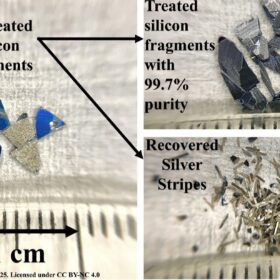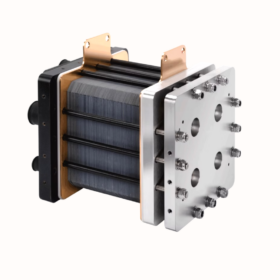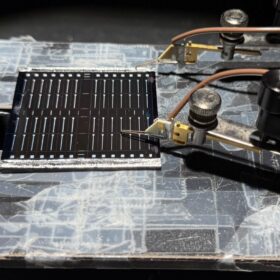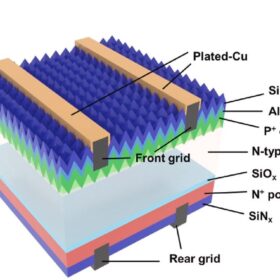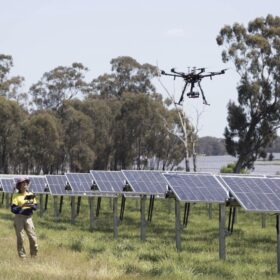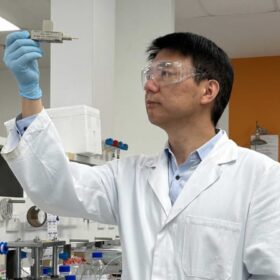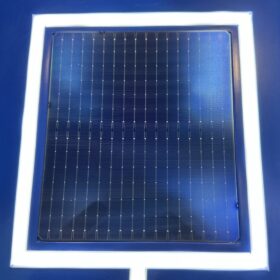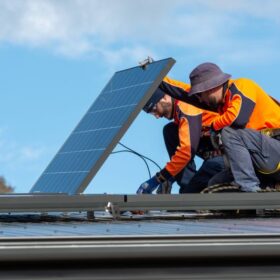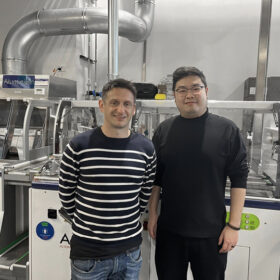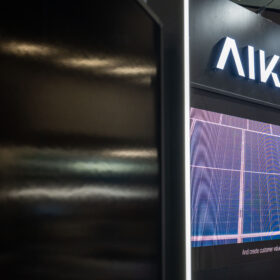UNSW develops PV panel recycling method that recovers cell metals for upcycling
UNSW researchers were able to recover silicon from end-of-life solar PV panels pure enough for re-use in silicon carbide-based devices. Their novel multi-step method, that includes thermal and chemical processes, also recovers silver.
Siltrax partners with UNSW to progress silicon-based bipolar plate research
Hydrogen fuel cell innovation company Siltrax has partnered with experts at the University of New South Wales hydrogen lab to validate its silicon-based bipolar plate technology.
UNSW team scores world record with kesterite solar cell
Researchers at the University of New South Wales have broken the energy efficiency world record for a kesterite solar cell, a technology that is being explored as a potential long-term improvement for silicon-based PV technology.
Reducing TOPCon solar cell degradation via copper plating
Researchers at the University of New South Wales have used a 1 µm copper plating layer on the front silver grid of a TOPCon solar cell to create a protective barrier that reportedly reduces corrosion susceptibility. The cell showed significantly lower contaminant-induced degradation that unprotected reference devices.
Solar panel degradation under watchful eye of UNSW researchers
Daylight photoluminescence images of crystalline silicon solar panels in utility-scale arrays have been found by researchers to contain unique information about voltage variations between panels, including from degradation.
Safe hydrogen storage a potential benefit of rechargeable proton batteries
A team of scientists at the University of New South Wales’ School of Chemistry have developed an organic material that is able to store protons and they have used it to create a rechargeable proton battery in the lab.
All solar cell efficiencies at a glance – updated
The research group led by Professor Martin Green has published Version 65 of the solar cell efficiency tables. There are 17 new results reported in the new version.
CER grid integration research project wins $1.7 million ARENA grant
The Australian Renewable Energy Agency has granted $1.7 million to a New South Wales university research project to better understand the impacts of integration of consumer energy resources into the grid.
Solar cells built on dots and dashes of silver
A team from the University of New South Wales School of Photovoltaic and Renewable Energy Engineering has reinvented the design of screen-printed contacts to reduce costs and silver consumption, without sacrificing the efficiency of tunnel oxide passivated contact solar cells.
Aiko teams with Australian research centre to push solar cell efficiency limits
Chinese solar cell and module maker Aiko Solar has partnered with the Australian Centre for Advanced Photovoltaics on a $6 million initiative aiming to achieve 30% efficiency with interdigitated back contact silicon solar cells.
